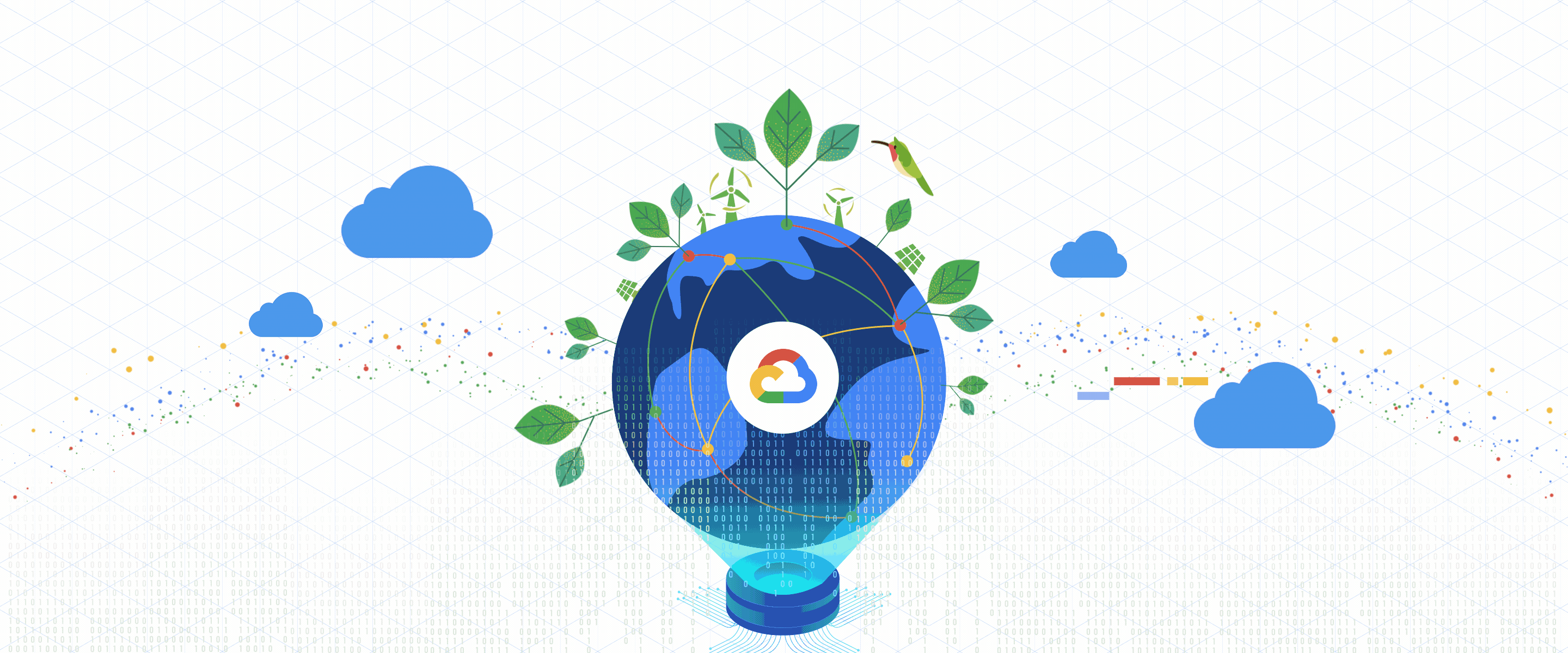Using cloud technology for the good of the planet - 4 minutes read

Editor’s Note: This article was originally published on our Google Cloud blog.
Climate change is a global issue that is getting more urgent by the year, with the past decade recorded as the hottest since records began 140 years ago. The global IT infrastructure contributes to the global carbon footprint, with an estimated 1% of the global electricity consumption attributed to data centers alone.
The good news is that companies are capable of changing course and taking action for the environment. To create the world’s cleanest cloud, here’s a look at what Google Cloud has been focusing on over the past two decades.
Renewable energy and climate neutrality
Computer centers, offices, and infrastructure will continue to require a lot of electricity in the years to come. And sourcing clean energy will become all the more important for companies to pave the way for a renewable future. As the world’s largest corporate purchaser of renewable energy, Google’s mission isn’t just to use carbon-free energy internally, but to make it available to consumers everywhere.
Regular milestones reinforce this mission. In 2007, Google became the first climate-neutral company. In 2017, it became the first company compensating 100% of its energy consumption with renewable energy. Not to mention the years prior: by now, Google has invested enough in high-quality climate compensations to compensate for all its emissions since the company was founded in 1998.
Looking ahead to the future, Google recently announced its commitment to become the first major company to operate fully carbon-free by 2030. That means: 100% carbon-free energy, 24/7.
Smart and efficient data centers
Data centers play an important role in this sustainability strategy. The more efficiently they operate, the more sustainably customers can use Google Cloud solutions. Energy-saving servers, highly efficient computer chips, and innovative water supply solutions for cooling systems are just a few examples of efficiency-enhancing measures in Google’s data centers.
Google Cloud is committed to using these technologies as part of a comprehensive sustainability strategy. But it’s not enough to be efficient on paper, it must be measurable too. That’s why Google calculates a so-called Power Usage Effectiveness value. The result: on average, a Google data center is twice as energy efficient as a typical enterprise data center.
Waste prevention with a circular economy
In a circular economy, materials, components, and products are manufactured in such a way that they can be reused, repaired, or recycled. It’s based on three core principles, which Google follows: designing out waste and pollution, keeping products and materials in use, and promoting healthy materials and safe chemistry. In 2019, Google found a new purpose for 90% of the waste products from its global data center operations and 19% of the components used for server upgrades were refurbished inventory.
Using AI to reduce food waste
Because companies can reduce their ecological footprint with advanced technologies, Google Cloud seeks to make our tools as user-friendly as possible. Many of our solutions put a strong emphasis on sustainability.
Sustainability was a top of mind for French retail group Carrefour, for example, when it established a partnership with Google Cloud in 2018. The problem? Every year, European supermarkets throw away more than four million tons of food. That’s ten kilograms per EU citizen. To reduce food waste, Carrefour and Google Cloud started a joint project for an AI solution that enables precise forecasts for the demands for fresh products in each store. This minimizes waste, as well as costs because employees get the right information they need to fill shelves depending on the existing demand.
Working toward a sustainable future, together
Another partnership, which uses technology to drive sustainability, exists between Google Cloud, WWF Sweden and the British fashion label Stella McCartney. The fashion industry is responsible for about 20% of global water waste and 10% of greenhouse gas emissions. The result of this collaboration: a tool that gives fashion labels a better overview of their supply chains and delivers actionable insights on how to reduce emissions and waste when procuring raw materials.
Sustainable actions have a real impact on our environment, and they also require teamwork. That’s why Google Cloud develops tools and technologies that help other companies and organizations worldwide to become active and create a more sustainable future for our planet.
Find out more on our sustainability page.
Source: Blog.google
Powered by NewsAPI.org